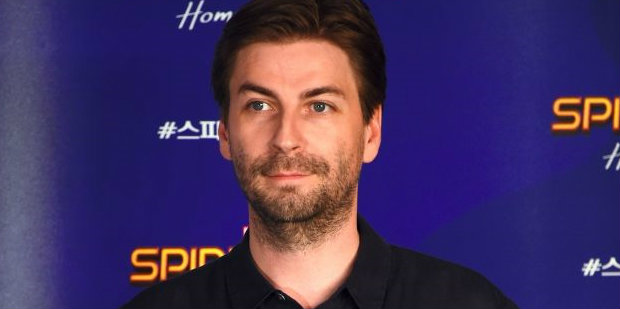
An inspirational Director would be Jon Watts, Watts is an American film director, producer and screen writer. He studied film at New York University and then started his directing career in 2000 and did so by directing commercials for production company Park Pictures. Watts made his directorial debut with the horror movie Clown (2014). His next film, Cop Car (2015), was a thriller.
“Watts revealed that the idea for the film came from a dream he had when he was a child.” (Cop Car)
Recently, Watts has directed and co-wrote Spider-Man Homecoming (2017) and directed Spider-Man Far From Home (2019). He has also Directed the soon to be released Spider-Man No Way Home (2021).
Watts has directed a vast variety of genres in his career. I mainly draw inspiration from his work within the Spider-Man franchise, this is because they typically create a huge amount of anticipation before the release and then entertains a mass audience

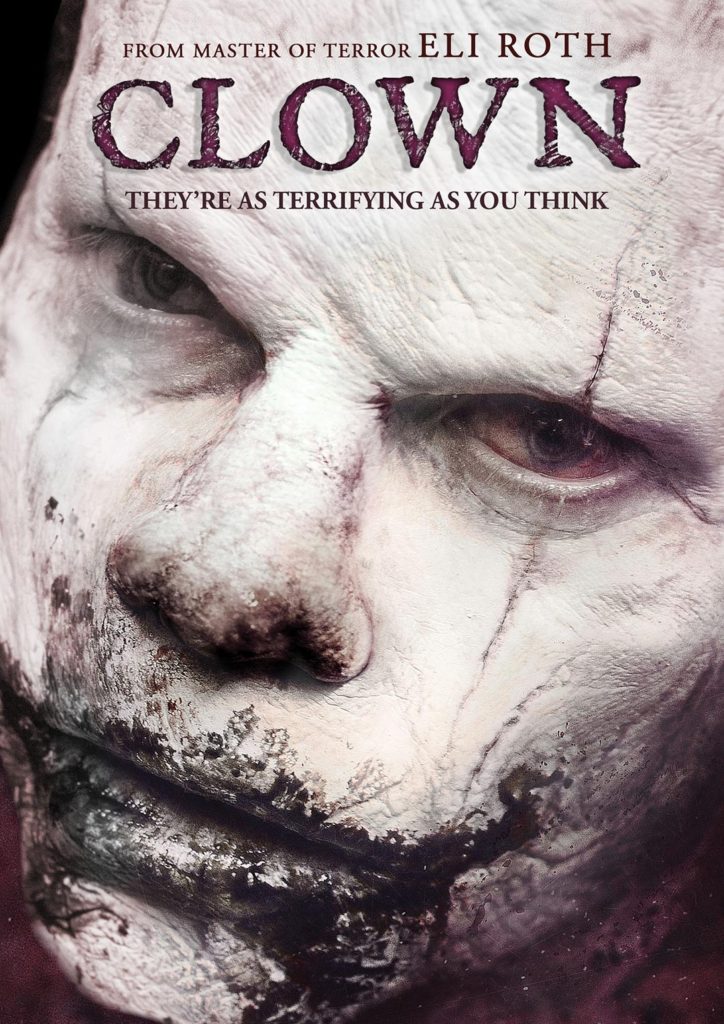
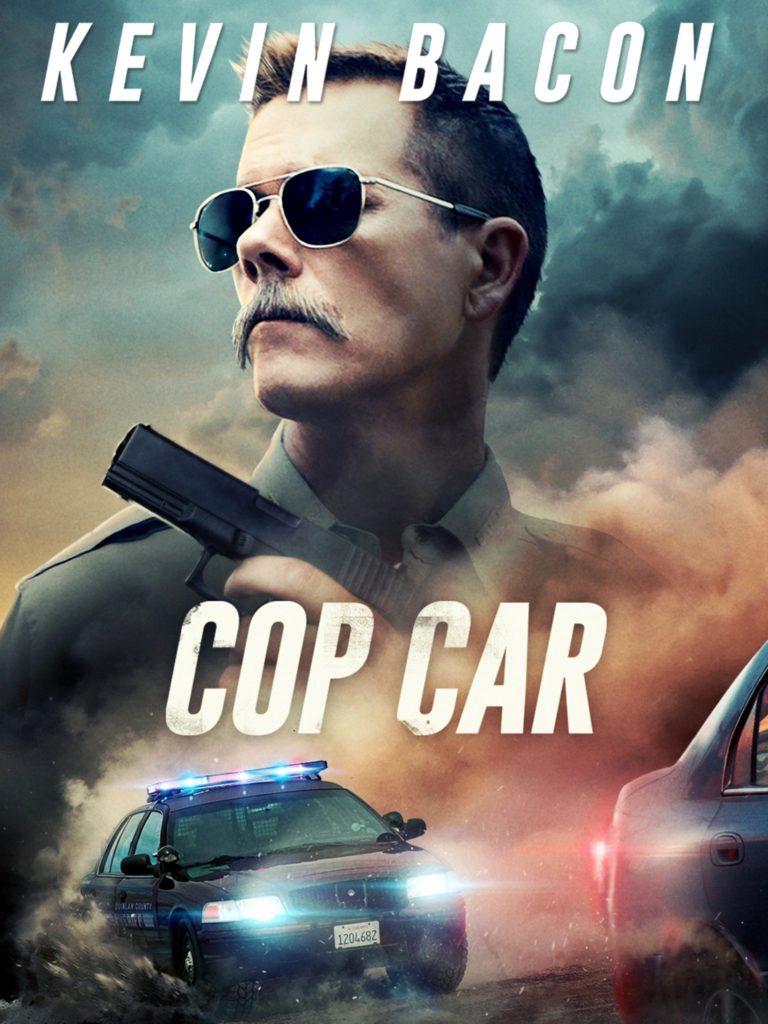
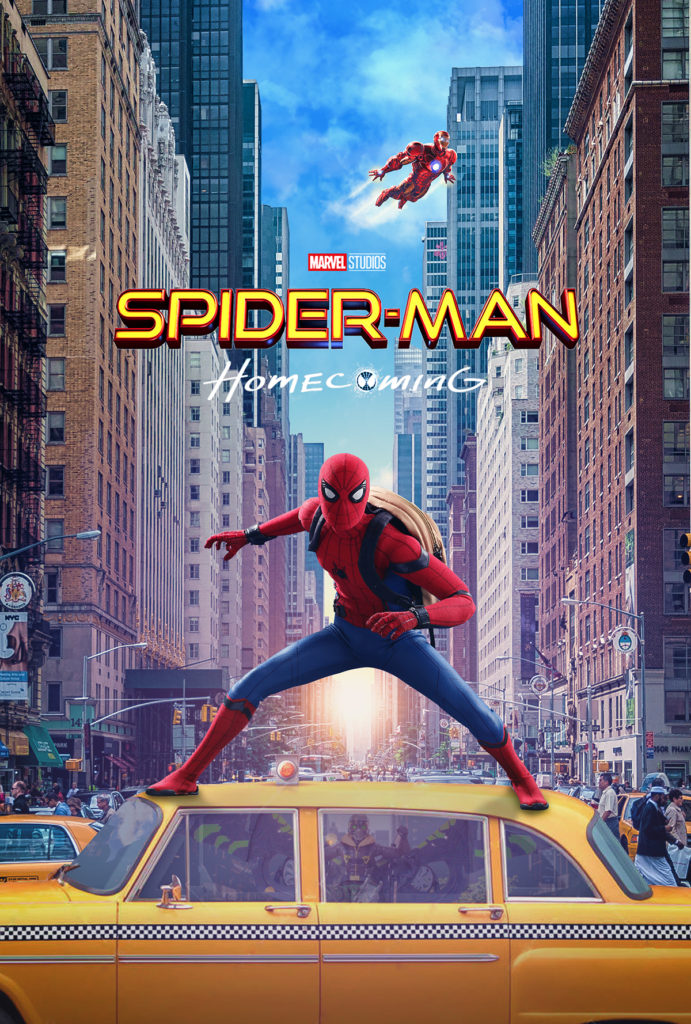
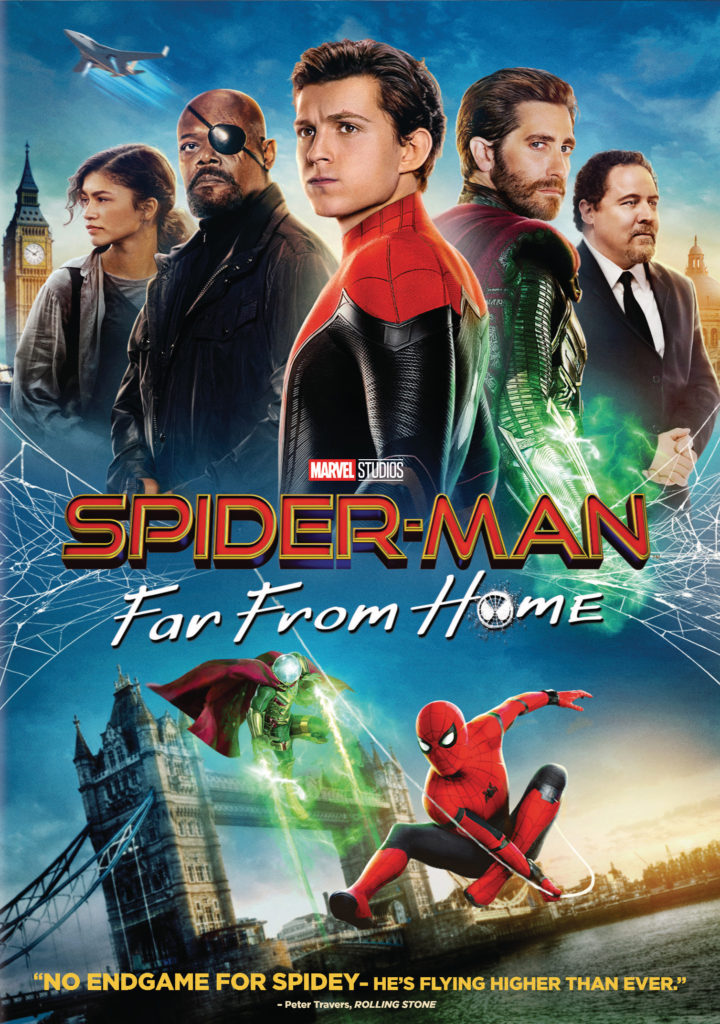
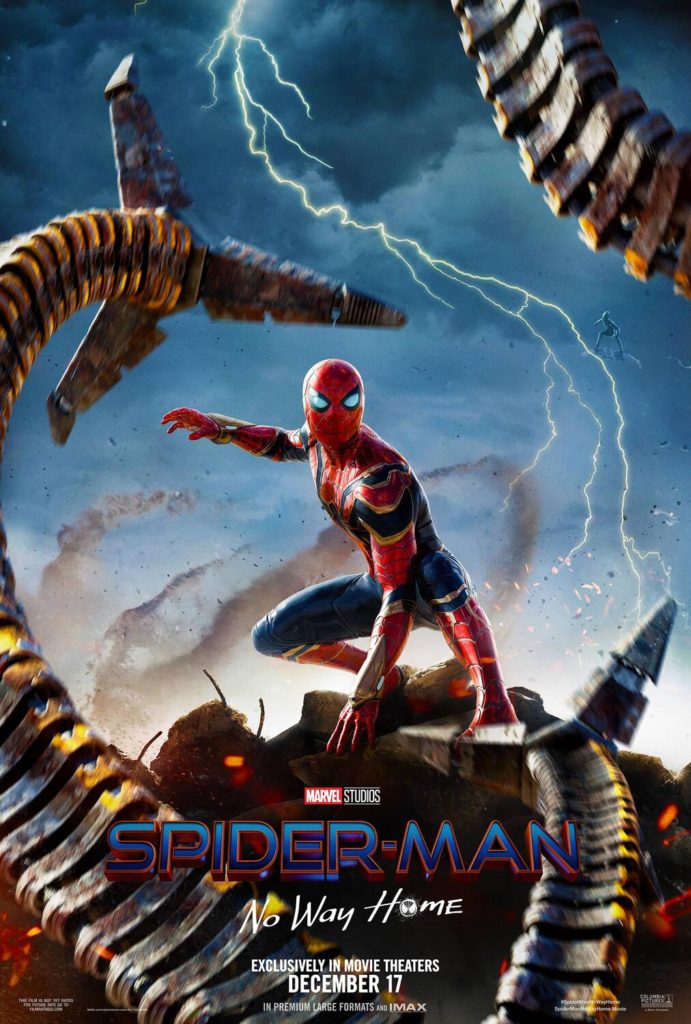


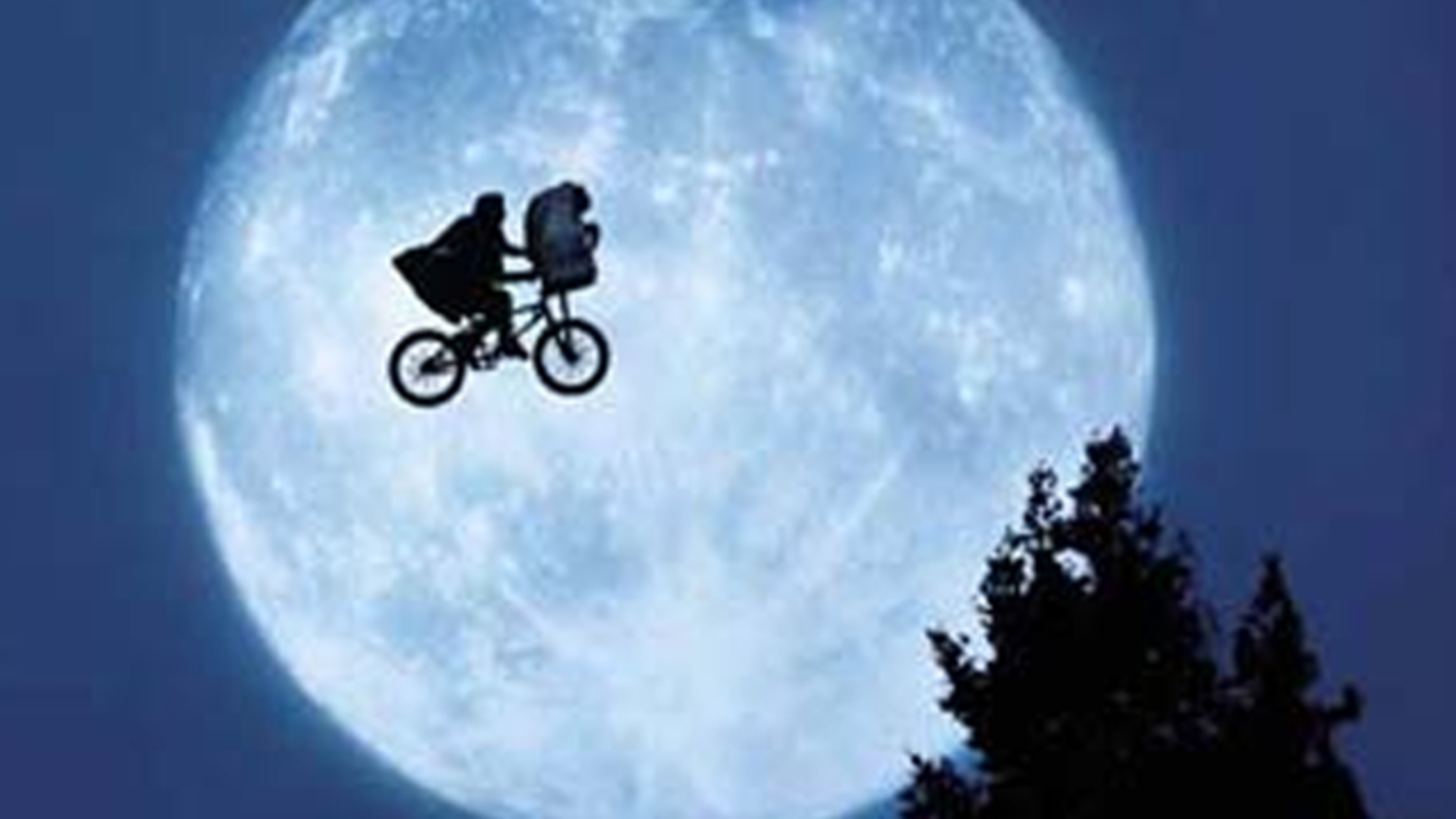
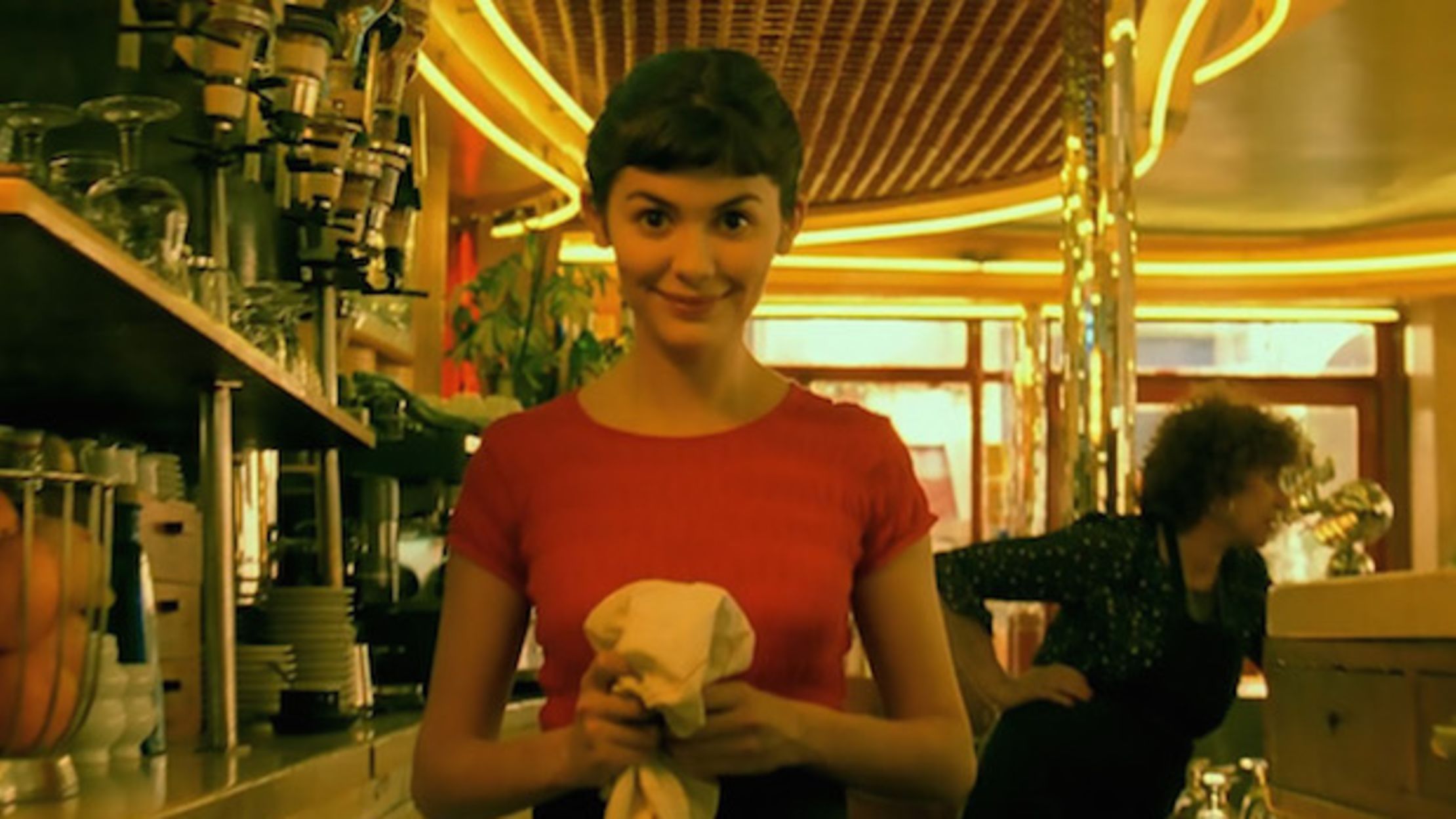

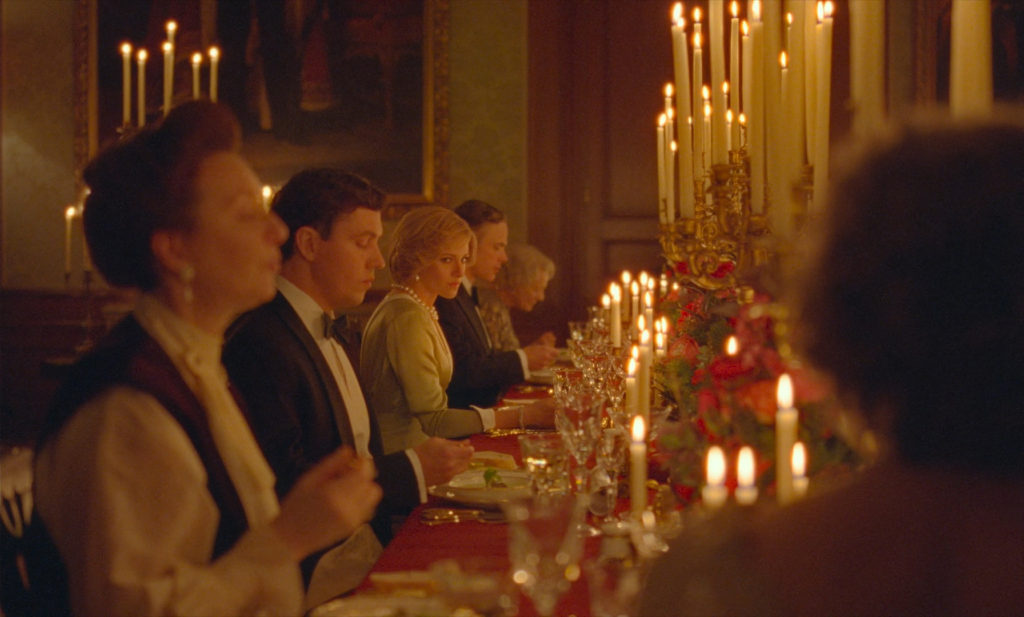

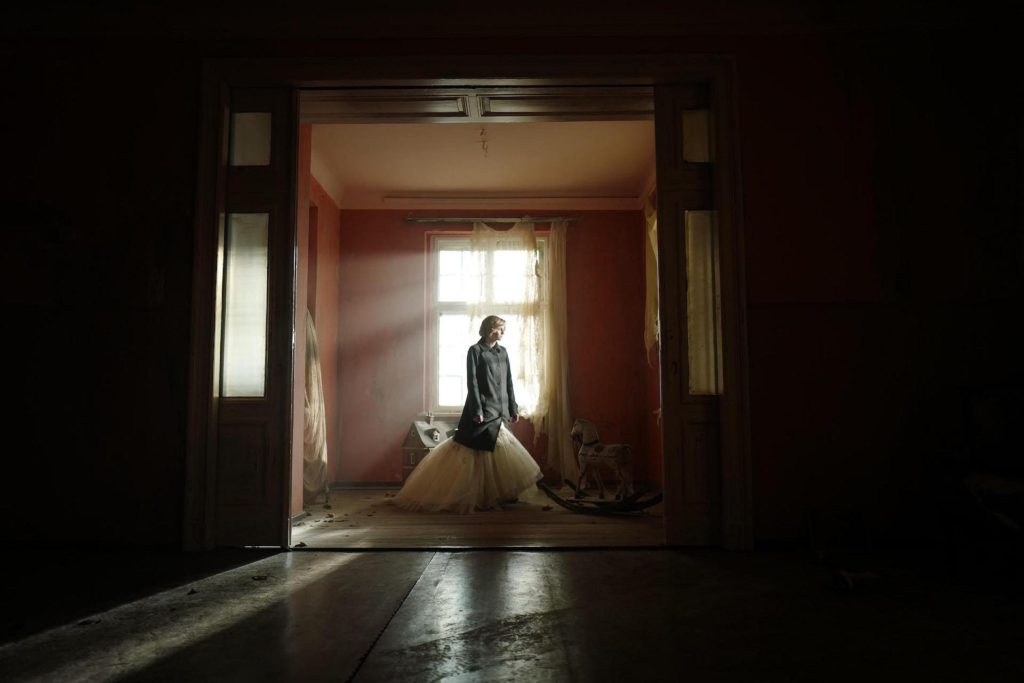
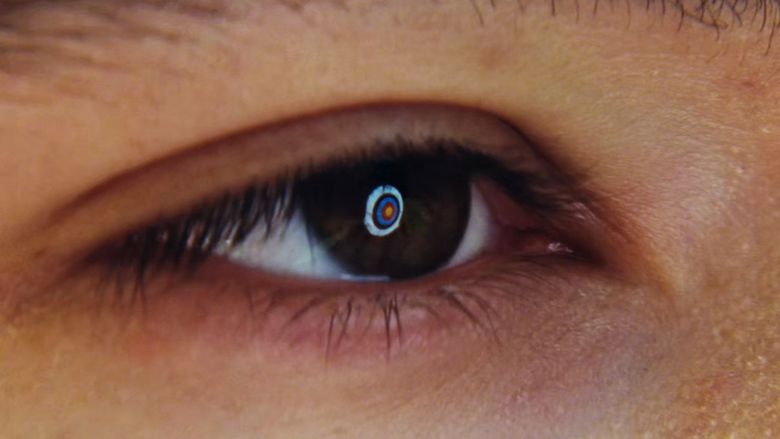
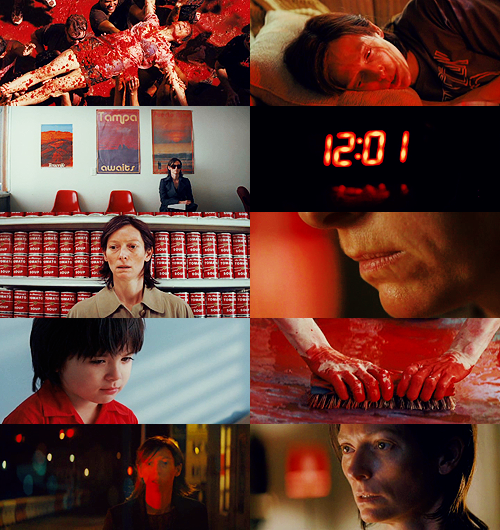
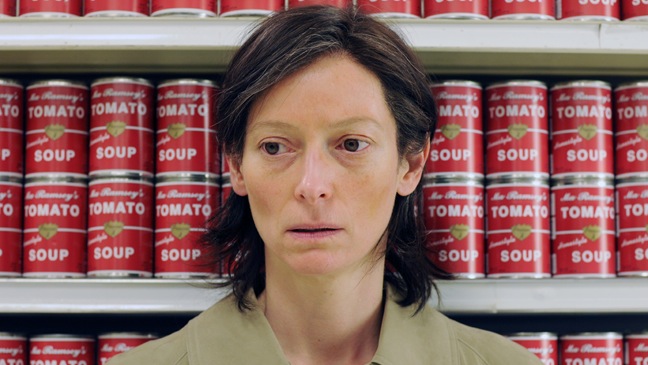

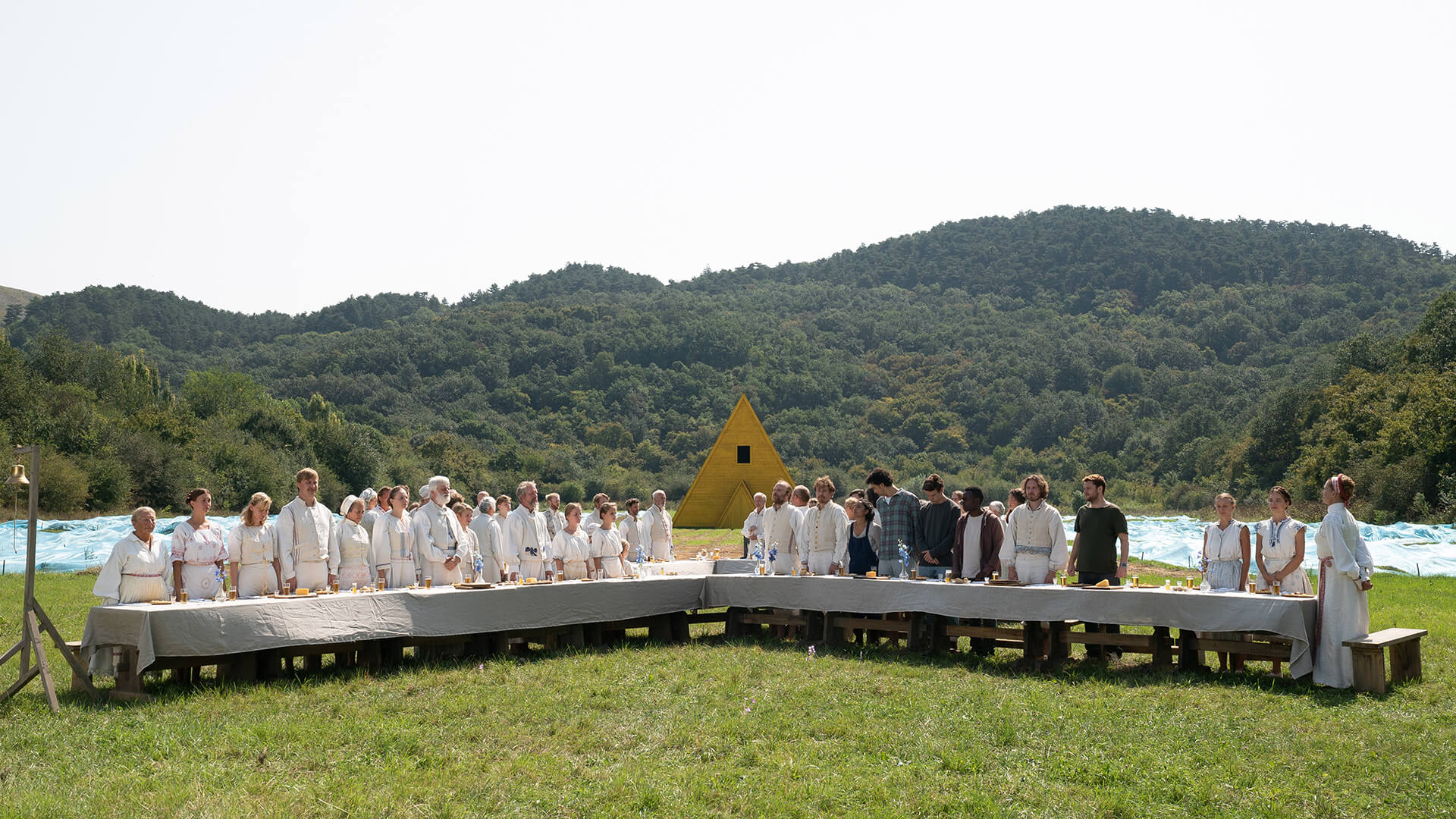

![Natural Born Killers – [FILMGRAB]](https://encrypted-tbn0.gstatic.com/images?q=tbn:ANd9GcTGu0mAl5wlPIEdoojhJ6b8jNwv5sbW5Oa7LTyqROuWLt86iKI4hCfaTUbCzB-DFNxMbxo:https://film-grab.com/wp-content/uploads/photo-gallery/19%2520(748).jpg%3Fbwg%3D1547238935&usqp=CAU)



